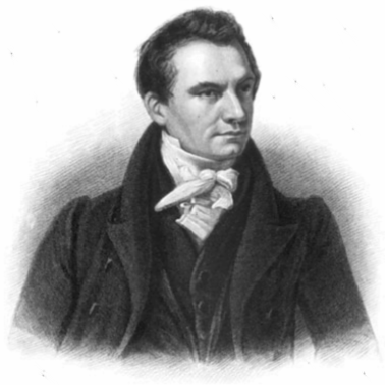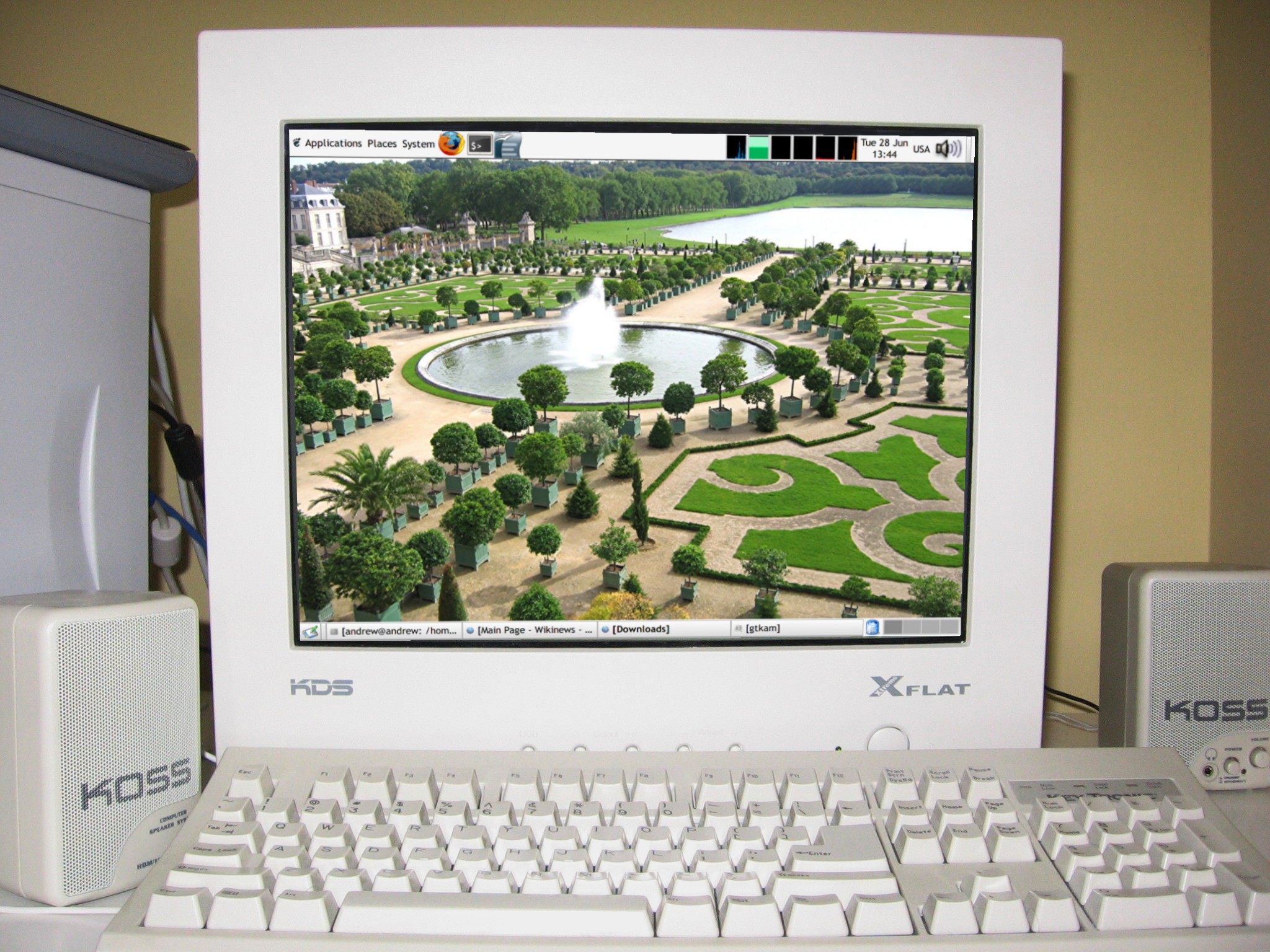|
Clarisse De Souza
Clarisse Sieckenius de Souza is a full professor at the Informatics Department of Pontifical Catholic University of Rio de Janeiro (PUC-Rio), where she does research in the area of human–computer interaction (HCI) and has developed the theory of Semiotic Engineering Semiotic Engineering was originally proposed by Clarisse de Souza as a semiotic approach to designing user interface languages. Over the years, with research done at the Department of Informatics of the Pontifical Catholic University of Rio de Jane ....de Souza, C.S. 2005. The semiotic engineering of human-computer interaction. The MIT Press. She is the founder oSERG(Semiotic Engineering Research Group) at Pontifical Catholic University of Rio de Janeiro (PUC-Rio). Biography Souza got her bachelor's degree in languages (with a focus on translation-interpretation) in 1979, a master's degree in Portuguese language in 1982 and a doctorate degree in applied linguistics in 1988, all by the Pontifical Catholic Univers ... [...More Info...] [...Related Items...] OR: [Wikipedia] [Google] [Baidu] |
Computer Science
Computer science is the study of computation, automation, and information. Computer science spans theoretical disciplines (such as algorithms, theory of computation, information theory, and automation) to practical disciplines (including the design and implementation of hardware and software). Computer science is generally considered an area of academic research and distinct from computer programming. Algorithms and data structures are central to computer science. The theory of computation concerns abstract models of computation and general classes of problems that can be solved using them. The fields of cryptography and computer security involve studying the means for secure communication and for preventing security vulnerabilities. Computer graphics and computational geometry address the generation of images. Programming language theory considers different ways to describe computational processes, and database theory concerns the management of repositories ... [...More Info...] [...Related Items...] OR: [Wikipedia] [Google] [Baidu] |
Human–computer Interaction
Human–computer interaction (HCI) is research in the design and the use of computer technology, which focuses on the interfaces between people ( users) and computers. HCI researchers observe the ways humans interact with computers and design technologies that allow humans to interact with computers in novel ways. A device that allows interaction between human being and a computer is known as a "Human-computer Interface (HCI)". As a field of research, human–computer interaction is situated at the intersection of computer science, behavioral sciences, design, media studies, and several other fields of study. The term was popularized by Stuart K. Card, Allen Newell, and Thomas P. Moran in their 1983 book, ''The Psychology of Human–Computer Interaction.'' The first known use was in 1975 by Carlisle. The term is intended to convey that, unlike other tools with specific and limited uses, computers have many uses which often involve an open-ended dialogue between the user a ... [...More Info...] [...Related Items...] OR: [Wikipedia] [Google] [Baidu] |
Pontifical Catholic University Of Rio De Janeiro
The Pontifical Catholic University of Rio de Janeiro ( pt, Pontifícia Universidade Católica do Rio de Janeiro, PUC-Rio) is a Jesuit, Catholic, pontifical university in Rio de Janeiro, Brazil. It is the joint responsibility of the Catholic Archdiocese of São Sebastião do Rio de Janeiro and the Society of Jesus. In 2019, PUC-Rio was ranked as the fourth best university in Latin America by ''Times Higher Education'' magazine. History The University was created in 1941 by the Society of Jesus to emphasize humanistic values in the pursuit of knowledge. PUC-Rio has 12,000 undergraduate students, 2,500 graduate students, and 4,000 extension students. In 2009 it ranked first among 2,252 higher education institutions in Brazil on ENADE, a benchmark exercise run by the Brazilian Ministry of Education. PUC-Rio has highly accredited faculties in law, engineering, computer science, psychology, economics, business, and international relations. It fosters cultural diversity in its ... [...More Info...] [...Related Items...] OR: [Wikipedia] [Google] [Baidu] |
Semiotic Engineering
Semiotic Engineering was originally proposed by Clarisse de Souza as a semiotic approach to designing user interface languages. Over the years, with research done at the Department of Informatics of the Pontifical Catholic University of Rio de Janeiro, it evolved into a semiotic theory of human-computer interaction (HCI). Semiotic Engineering views HCI as computer-mediated communication between designers and users at interaction time. The system speaks for its designers in various types of conversations specified at design time. These conversations communicate the designers' understanding of who the users are, what they know the users want or need to do, in which preferred ways, and why. The designers' message to users includes even the interactive language in which users will have to communicate back with the system in order to achieve their specific goals. So, the process is in fact one of communication about communication, or metacommunication. Semiotic engineering has two meth ... [...More Info...] [...Related Items...] OR: [Wikipedia] [Google] [Baidu] |
CHI Academy
The CHI Academy is a group of researchers honored by SIGCHI, the Special Interest Group in Computer–Human Interaction of the Association for Computing Machinery. Each year, 5–8 new members are elected for having made a significant, cumulative contributions to the development of the field of human–computer interaction and have influenced the research of others. Inductees by year Here are the inductees into the CHI Academy by year: See also * List of computer science awards This list of computer science awards is an index to articles on notable awards related to computer science. It includes lists of awards by the Association for Computing Machinery, the Institute of Electrical and Electronics Engineers, other comput ... References External links SIGCHI Awards{{Association for Computing Machinery Association for Computing Machinery Computer science awards ... [...More Info...] [...Related Items...] OR: [Wikipedia] [Google] [Baidu] |
Semioticians
Semiotics (also called semiotic studies) is the systematic study of sign processes (semiosis) and meaning making. Semiosis is any activity, conduct, or process that involves signs, where a sign is defined as anything that communicates something, usually called a meaning, to the sign's interpreter. The meaning can be intentional such as a word uttered with a specific meaning, or unintentional, such as a symptom being a sign of a particular medical condition. Signs can also communicate feelings (which are usually not considered meanings) and may communicate internally (through thought itself) or through any of the senses: visual, auditory, tactile, olfactory, or gustatory (taste). Contemporary semiotics is a branch of science that studies meaning-making and various types of knowledge. The semiotic tradition explores the study of signs and symbols as a significant part of communications. Unlike linguistics, semiotics also studies non-linguistic sign systems. Semiotics includes th ... [...More Info...] [...Related Items...] OR: [Wikipedia] [Google] [Baidu] |
Brazilian Translators
Brazilian commonly refers to: * Something of, from or relating to Brazil * Brazilian Portuguese, the dialect of the Portuguese language used mostly in Brazil * Brazilians, the people (citizens) of Brazil, or of Brazilian descent Brazilian may also refer to: Sports * Brazilian football, see football in Brazil * Brazilian jiu-jitsu, a martial art and combat sport system *''The Brazilians'', a nickname for South African football association club Mamelodi Sundowns F.C. due to their soccer kits which resembles that of the Brazilian national team Other uses * Brazilian waxing, a style of Bikini waxing * Brazilian culture, describing the Culture of Brazil * " The Brazilian", a 1986 instrumental by Genesis * Brazilian barbecue, known as churrasco * Brazilian cuisine See also * ''Brasileiro ''Brasileiro'' is a 1992 album by Sérgio Mendes and other artists including Carlinhos Brown which won the 1993 Grammy Award for Best World Music Album. Track listing # "Fanfarra" (Carlinhos Br ... [...More Info...] [...Related Items...] OR: [Wikipedia] [Google] [Baidu] |
Pontifical Catholic University Of Rio De Janeiro Alumni
A pontifical ( la, pontificale) is a Christian liturgical book containing the liturgies that only a bishop may perform. Among the liturgies are those of the ordinal for the ordination and consecration of deacons, priests, and bishops to Holy Orders. While the ''Roman Pontifical'' and closely related '' Ceremonial of Bishops'' of the Roman Rite are the most common, pontificals exist in other liturgical traditions. History Pontificals in Latin Christianity first developed from sacramentaries by the 8th century. Besides containing the texts of exclusively episcopal liturgies such as the Pontifical High Mass, liturgies that other clergymen could celebrate were also present. The contents varied throughout the Middle Ages, but eventually a pontifical only contained those liturgies a bishop could perform. The ''Pontificale Egberti'', a pontifical that once belonged to and was perhaps authored by Ecgbert of York, is regarded as one of the most notable early pontificals and may be the ... [...More Info...] [...Related Items...] OR: [Wikipedia] [Google] [Baidu] |
Academic Staff Of The Pontifical Catholic University Of Rio De Janeiro
An academy ( Attic Greek: Ἀκαδήμεια; Koine Greek Ἀκαδημία) is an institution of secondary or tertiary higher learning (and generally also research or honorary membership). The name traces back to Plato's school of philosophy, founded approximately 385 BC at Akademia, a sanctuary of Athena, the goddess of wisdom and skill, north of Athens, Greece. Etymology The word comes from the ''Academy'' in ancient Greece, which derives from the Athenian hero, ''Akademos''. Outside the city walls of Athens, the gymnasium was made famous by Plato as a center of learning. The sacred space, dedicated to the goddess of wisdom, Athena, had formerly been an olive grove, hence the expression "the groves of Academe". In these gardens, the philosopher Plato conversed with followers. Plato developed his sessions into a method of teaching philosophy and in 387 BC, established what is known today as the Old Academy. By extension, ''academia'' has come to mean the accumulation, d ... [...More Info...] [...Related Items...] OR: [Wikipedia] [Google] [Baidu] |
Living People
Related categories * :Year of birth missing (living people) / :Year of birth unknown * :Date of birth missing (living people) / :Date of birth unknown * :Place of birth missing (living people) / :Place of birth unknown * :Year of death missing / :Year of death unknown * :Date of death missing / :Date of death unknown * :Place of death missing / :Place of death unknown * :Missing middle or first names See also * :Dead people * :Template:L, which generates this category or death years, and birth year and sort keys. : {{DEFAULTSORT:Living people 21st-century people People by status ... [...More Info...] [...Related Items...] OR: [Wikipedia] [Google] [Baidu] |




